In 1956 Canadian abstract painter Paul-Émile Borduas (1905–1960)—who led the Montreal-based artists’ group Les Automatistes—described Green Abstraction as his “first totally non-preconceived painting” and “one of the forerunners of the Automatiste [movement] already gathering on the horizon.” To him an Automatiste painting was not preconceived; it was not planned in advance, with a final result or goal to be achieved. As he said in a CBC radio interview in 1950: “Perfectly well-intentioned people have often… said to me: ‘Monsieur Borduas, I really love your work, I love the colour. Only, I don’t understand [it].’ And then I’m obliged to answer them honestly: ‘I don’t understand any more than you do. Whatever it is you are searching for in the painting, I’m searching for it too. You are looking for the subject of this painting; I’m as much at a loss as you are.’”

Oil on canvas, 26 x 36 cm
Montreal Museum of Fine Arts
In other words, the artist has no intellectual preconception of the painting before starting the work, and even its unconscious meaning is elusive. Interpretation can begin only when the work is finished; it is sometimes signified in the title (though not in this case) or can be discovered through conversations about the work with friends and connoisseurs.
This Spotlight is excerpted from Paul-Émile Borduas: Life & Work by François-Marc Gagnon.
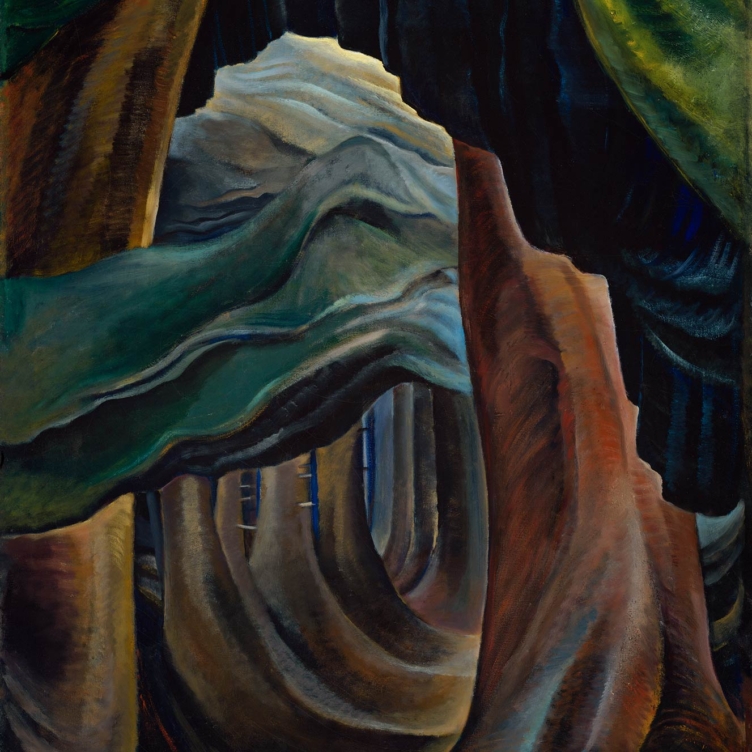 Transportive Trunks
Transportive Trunks
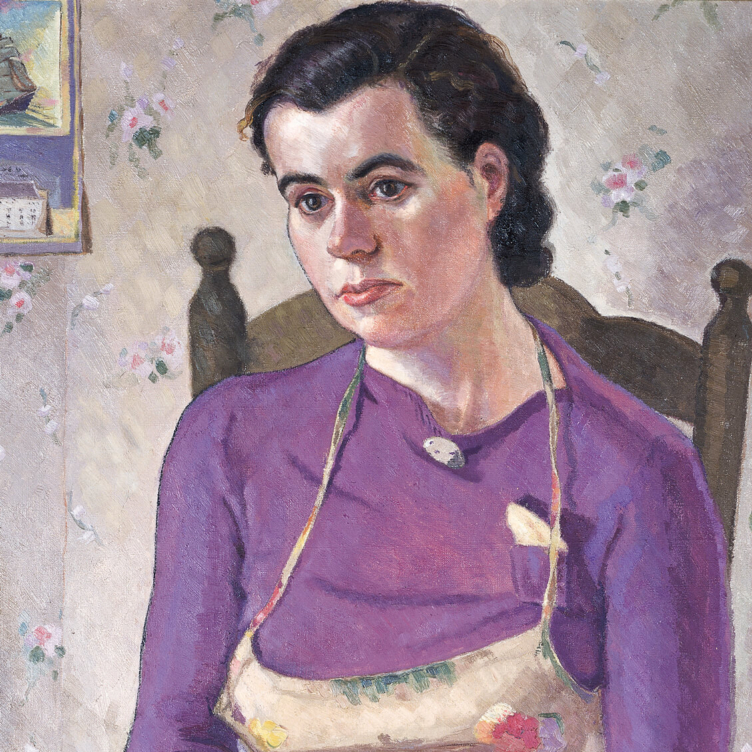 The Military Mate
The Military Mate
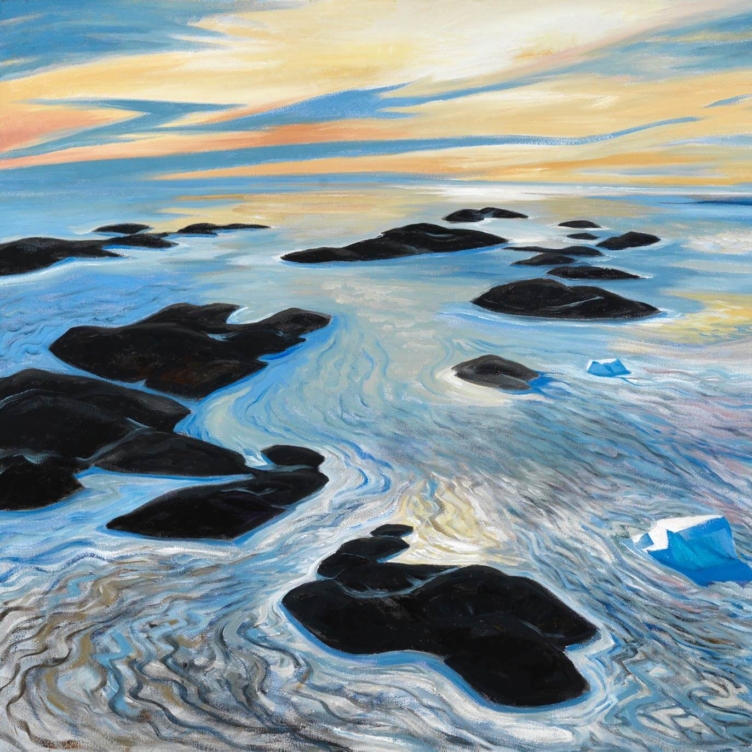 Looking Up on the World
Looking Up on the World
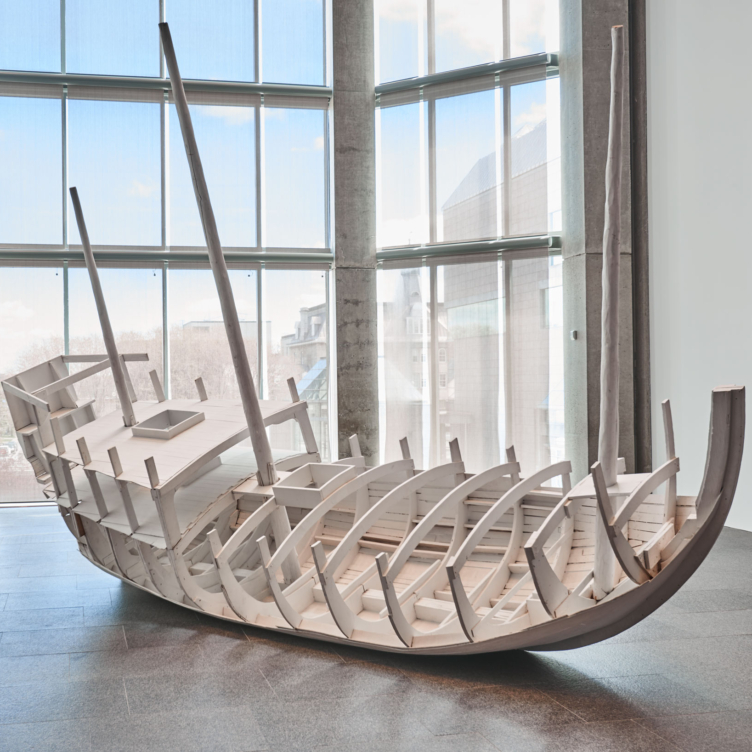 Vessel of Despair
Vessel of Despair
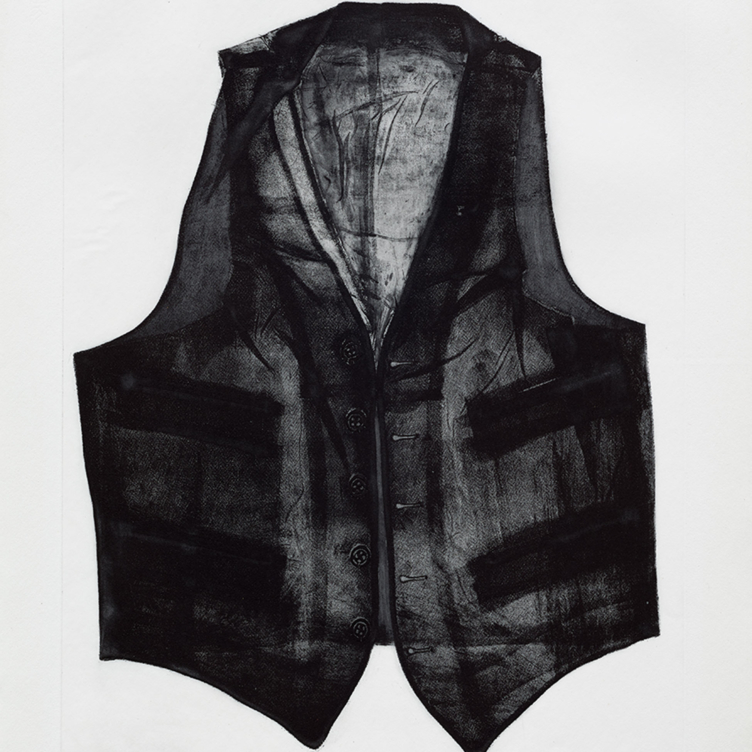 Layers of Meaning
Layers of Meaning
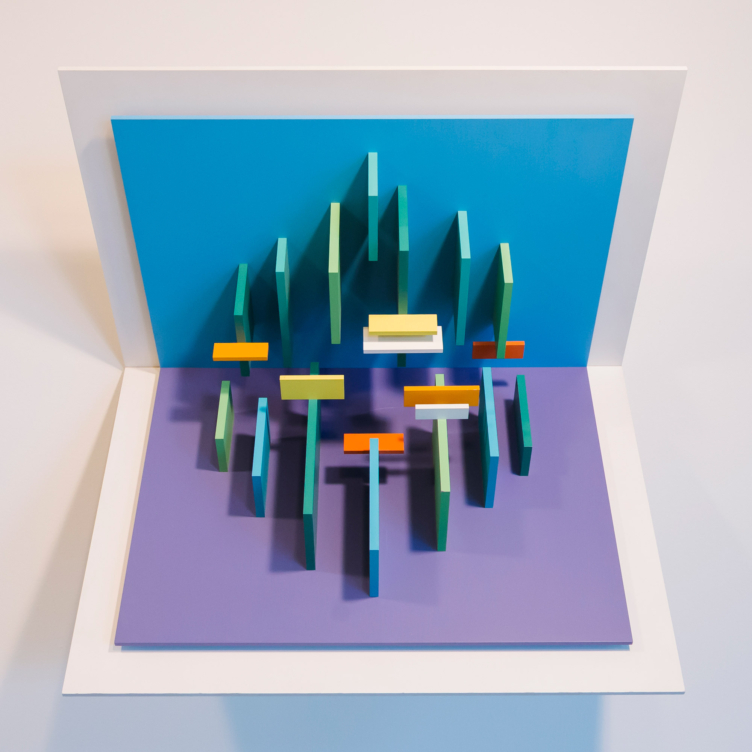 In Parallel to Nature
In Parallel to Nature
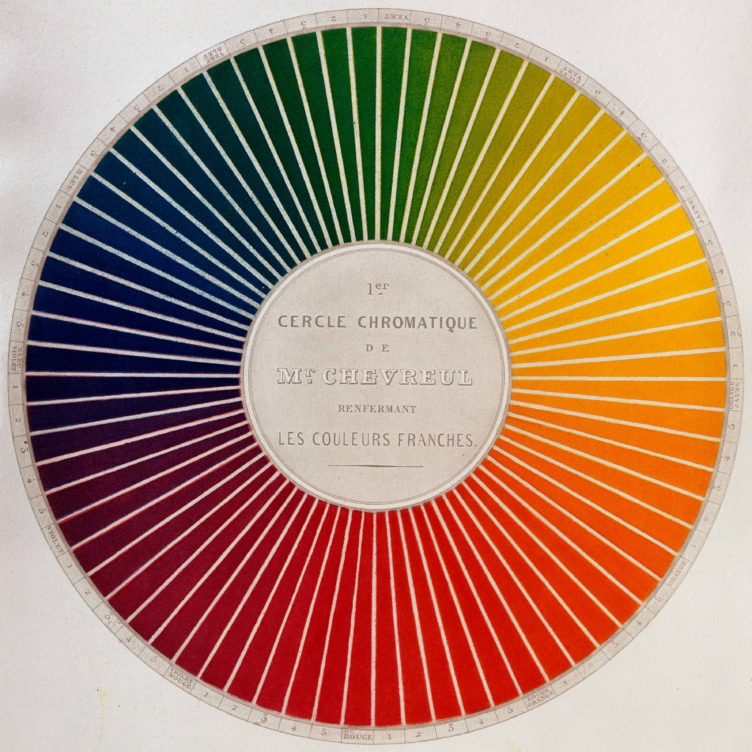 Wheel of Fortune
Wheel of Fortune
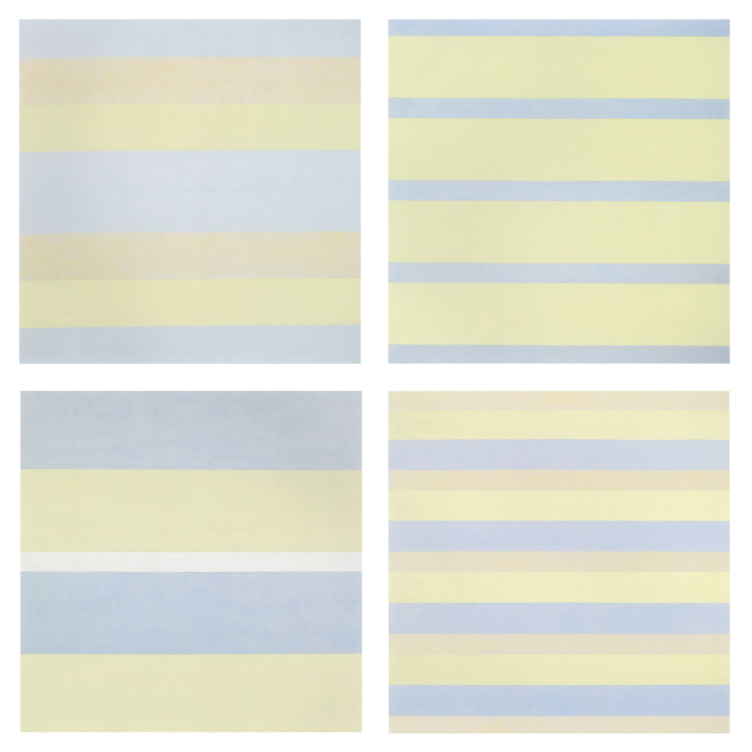 Paintings after emotional states
Paintings after emotional states
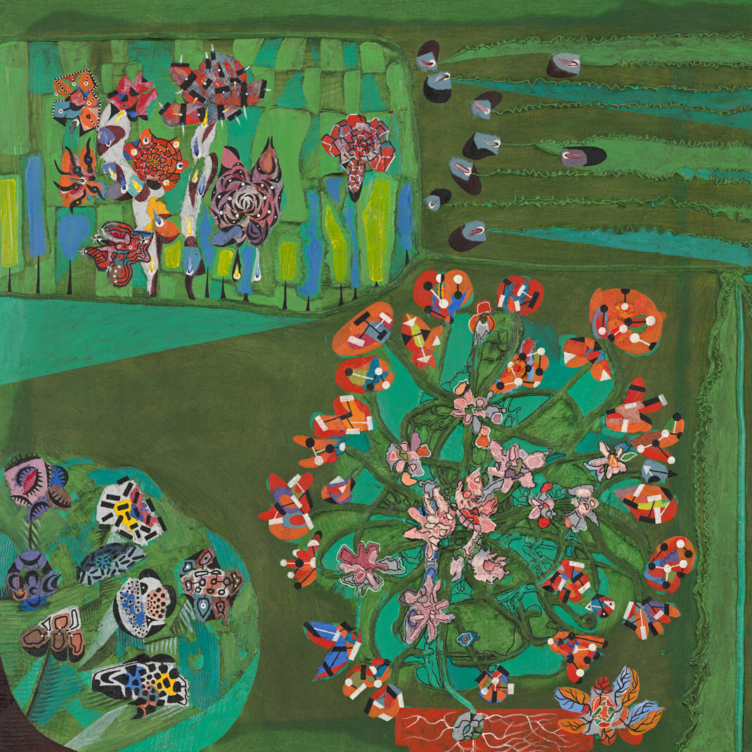 Garden of Delight
Garden of Delight
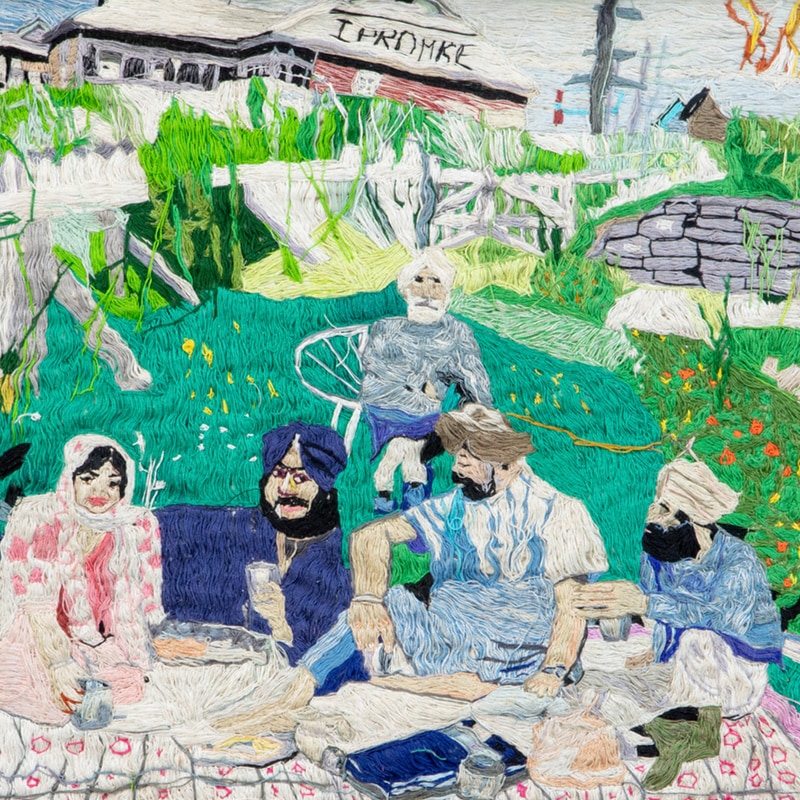 Stitching the Archives
Stitching the Archives
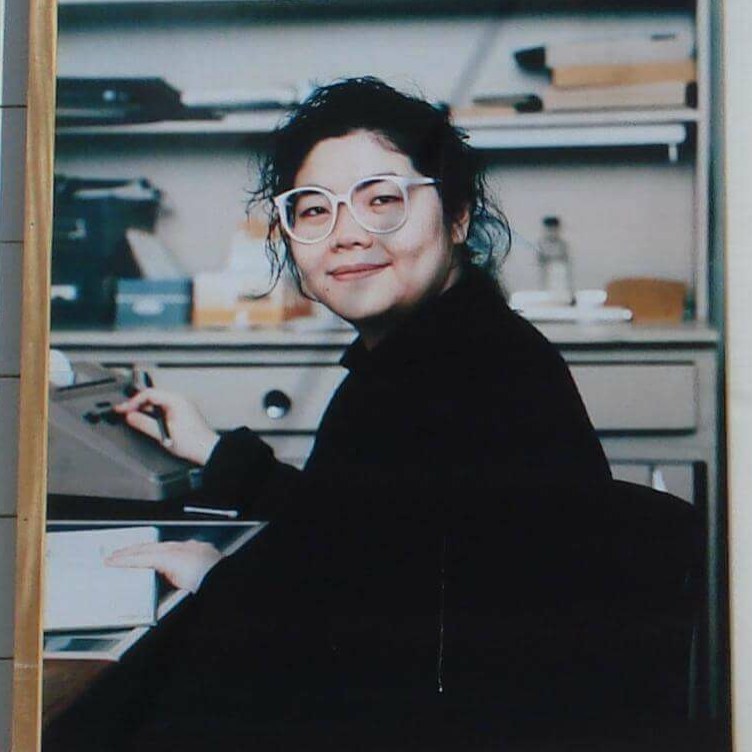 A Working-Class Hero
A Working-Class Hero
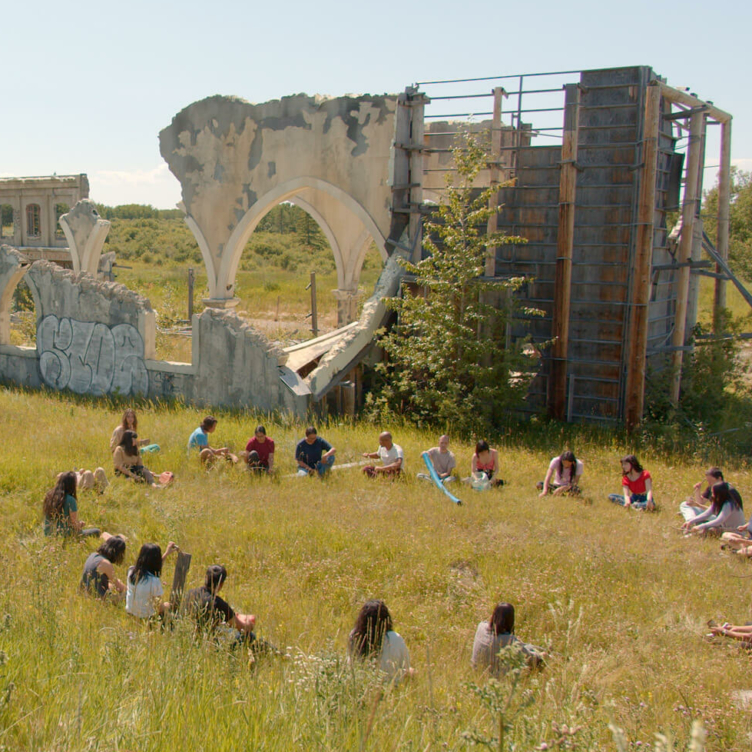 Imagining Entangled Futures
Imagining Entangled Futures
 Bridging Far and Near
Bridging Far and Near
 Soft Power
Soft Power
 Imagining Emancipation
Imagining Emancipation
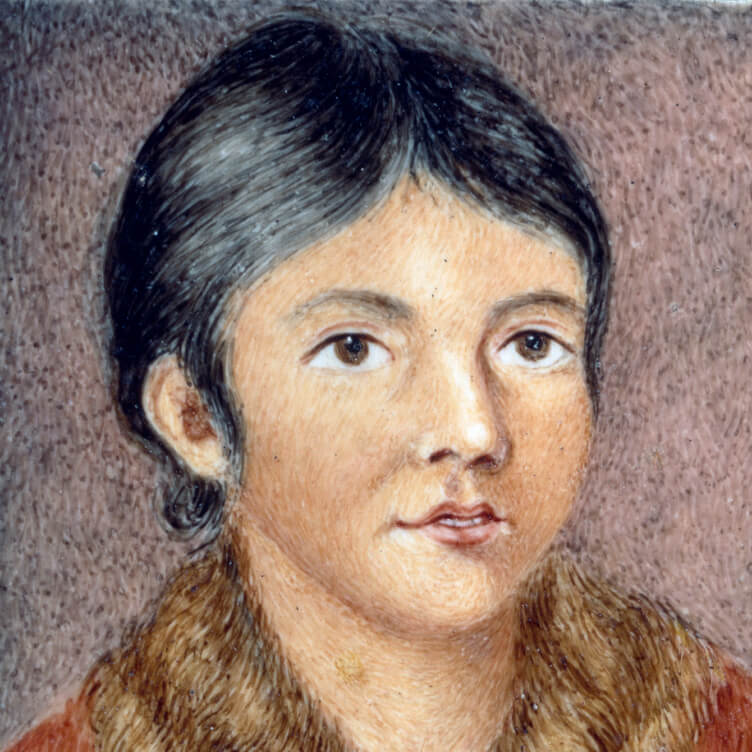 A Priceless Portrait
A Priceless Portrait
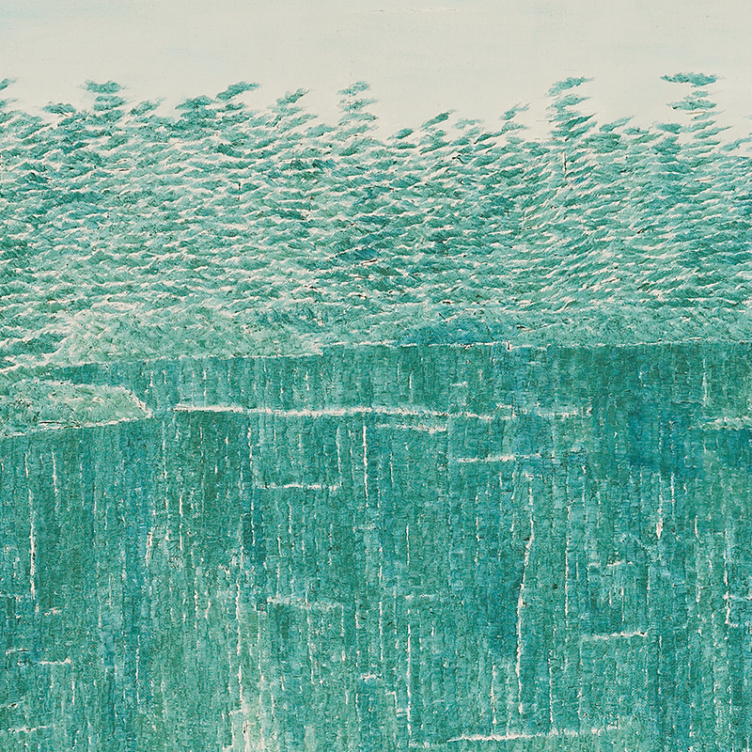 Meditation in Monochrome
Meditation in Monochrome
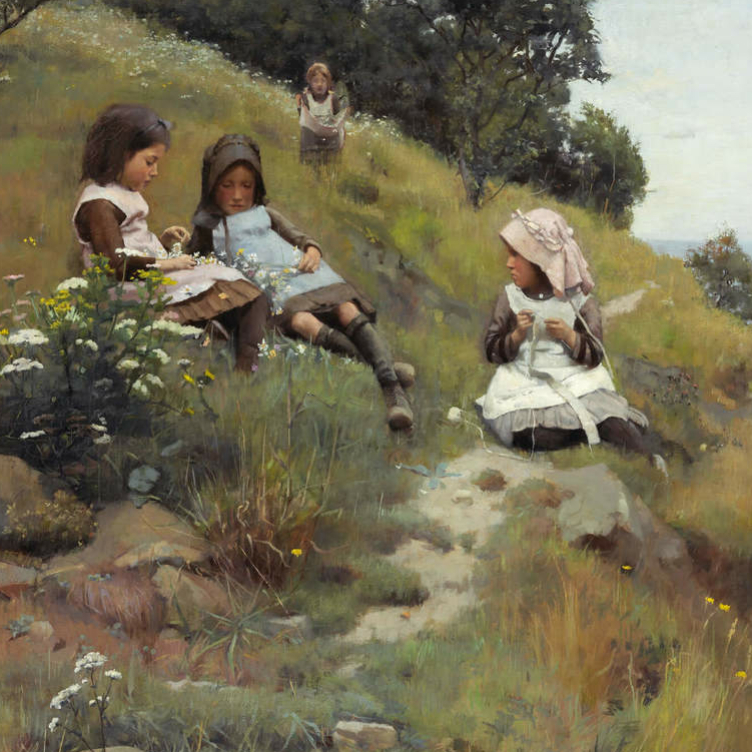 Making His Mark
Making His Mark
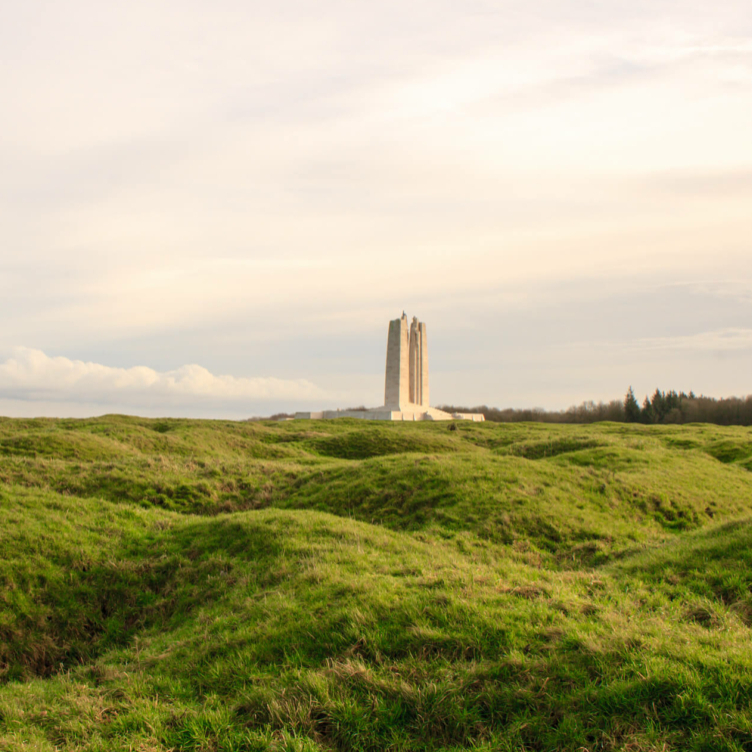 Honour and Sacrifice
Honour and Sacrifice
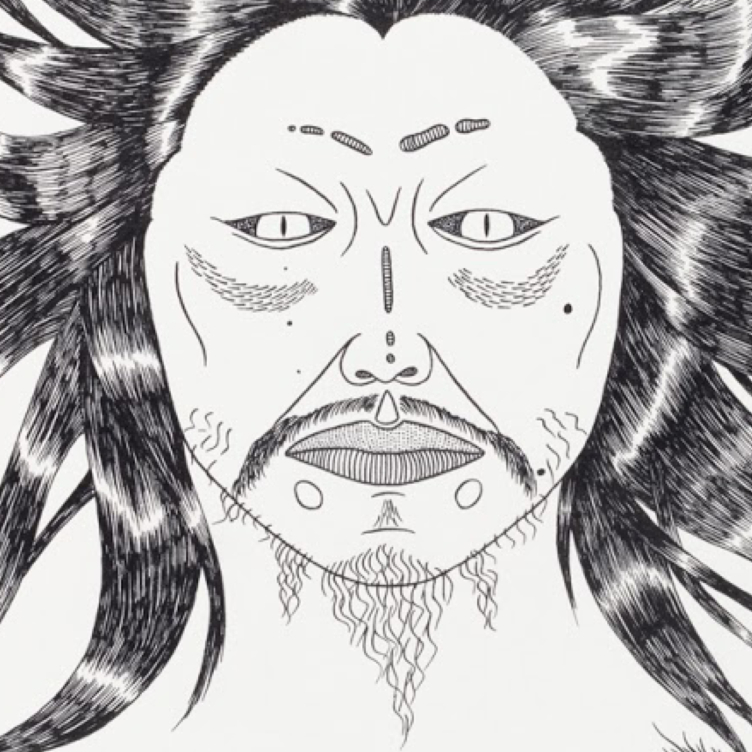 A Monstrous Vision
A Monstrous Vision